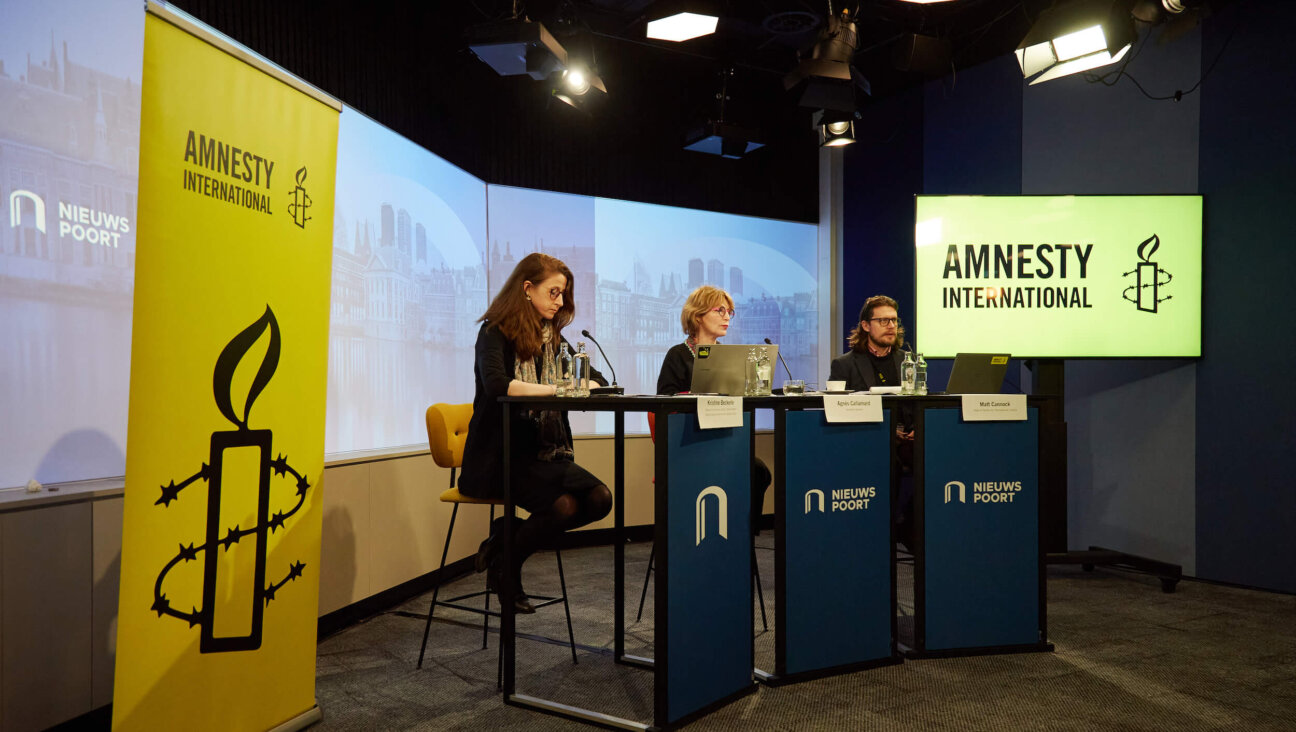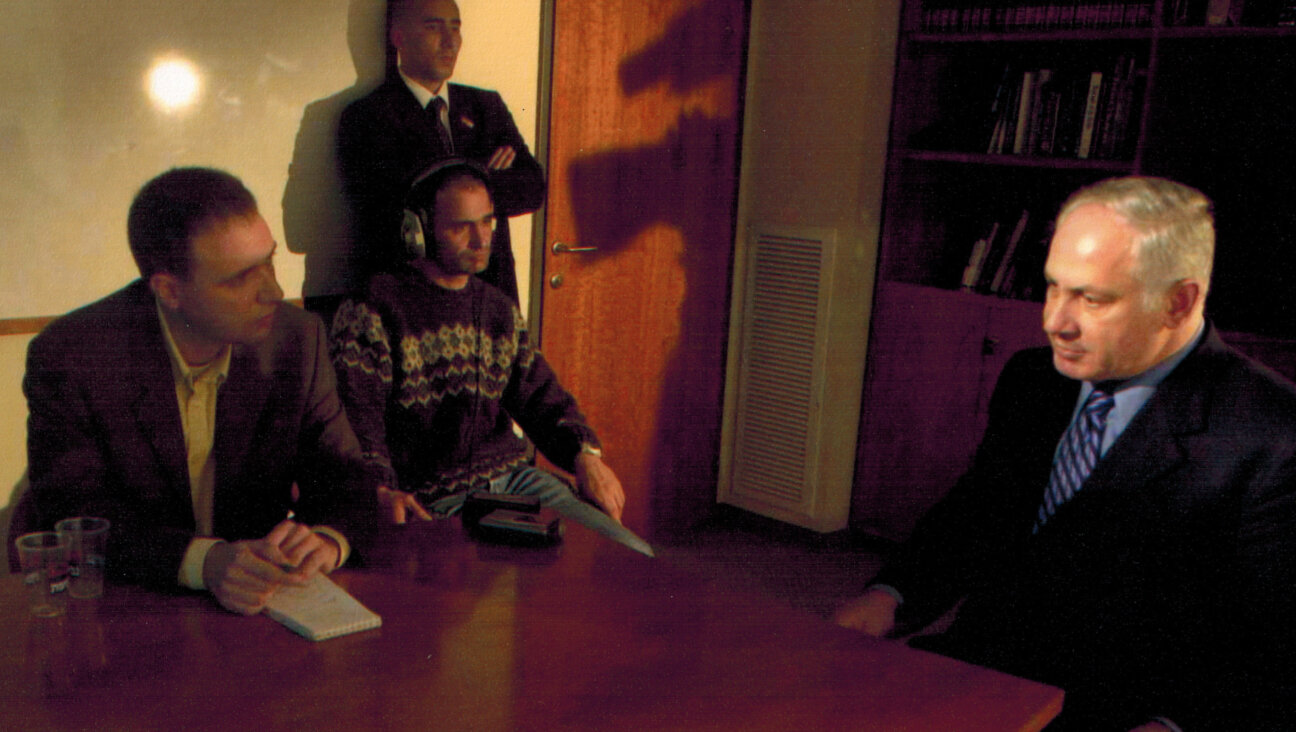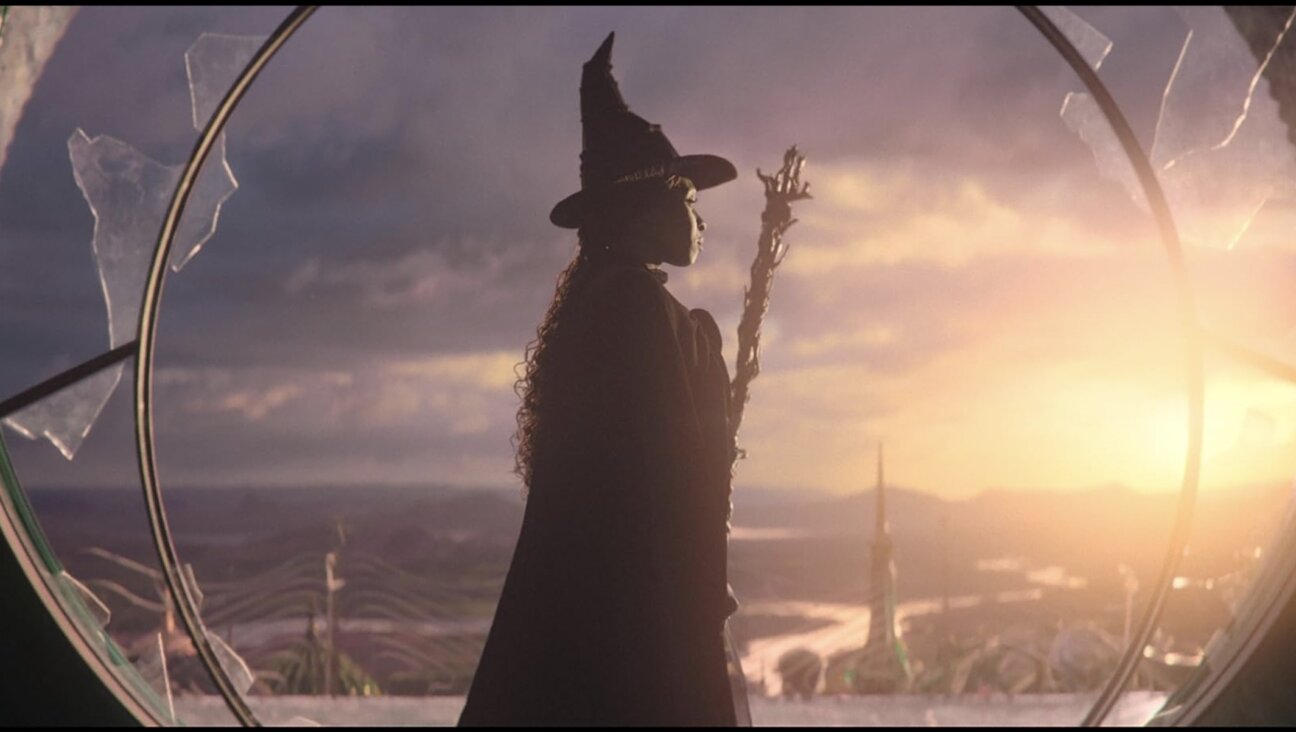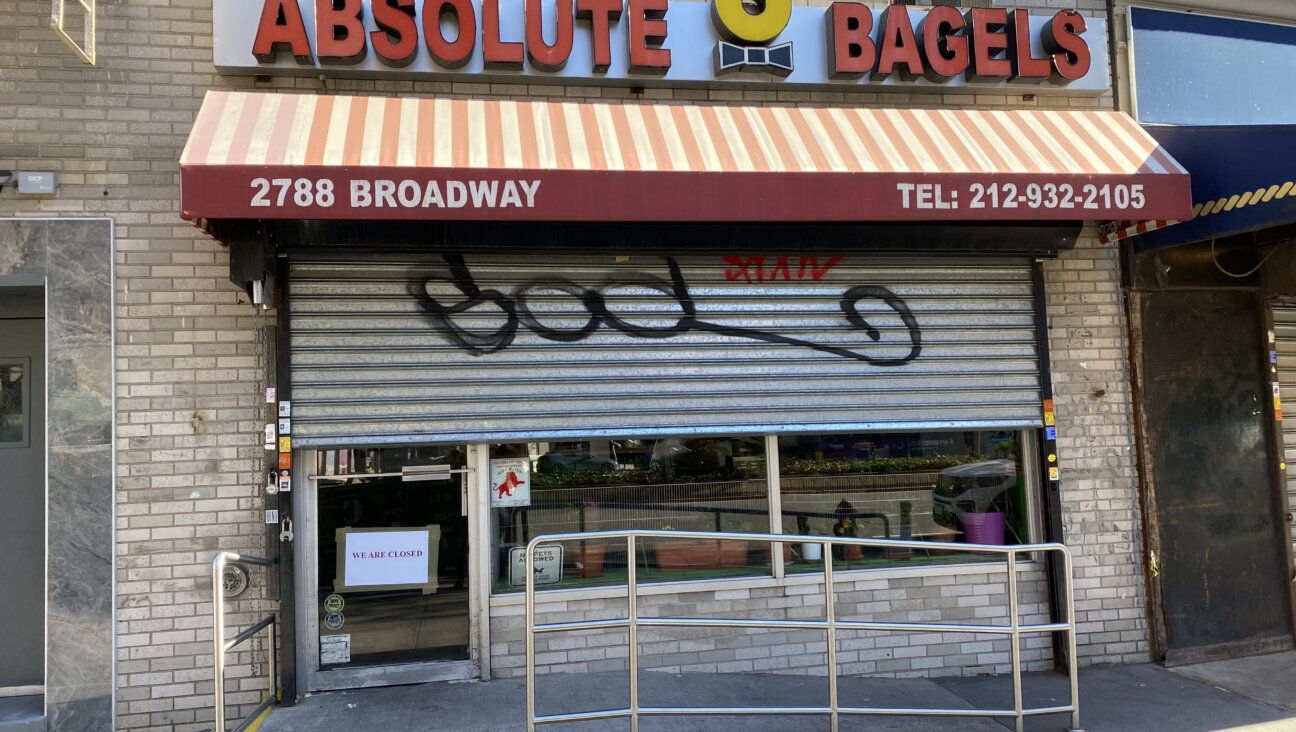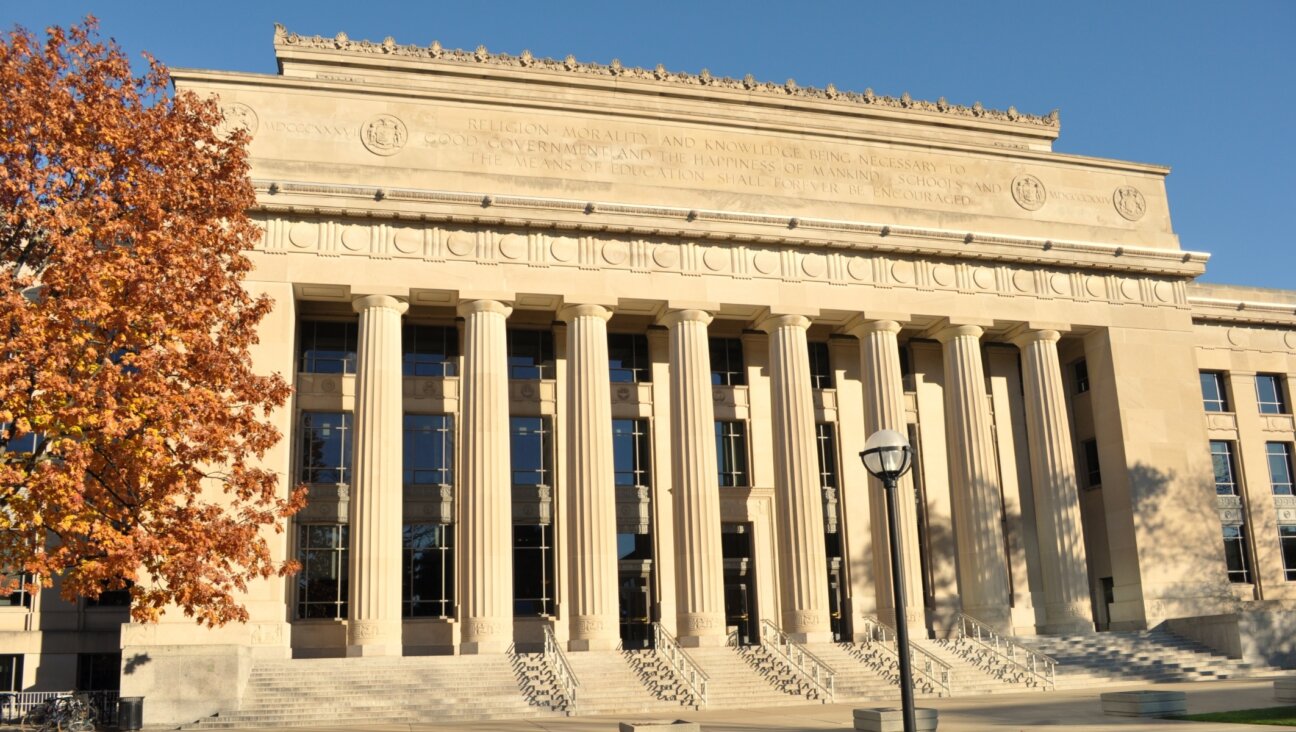Yiddish Theater for Smart Alecks
Allan Lewis Rickman likes to say that the best audiences for “The Essence: A Yiddish Theatre Dim Sum” are gentile college students — a demographic that seemed (shockingly!) underrepresented at the show’s opening NYC Fringe Festival performance at the Robert Moss Theater on August 14. More than a few people in this crowd murmured recognition…











